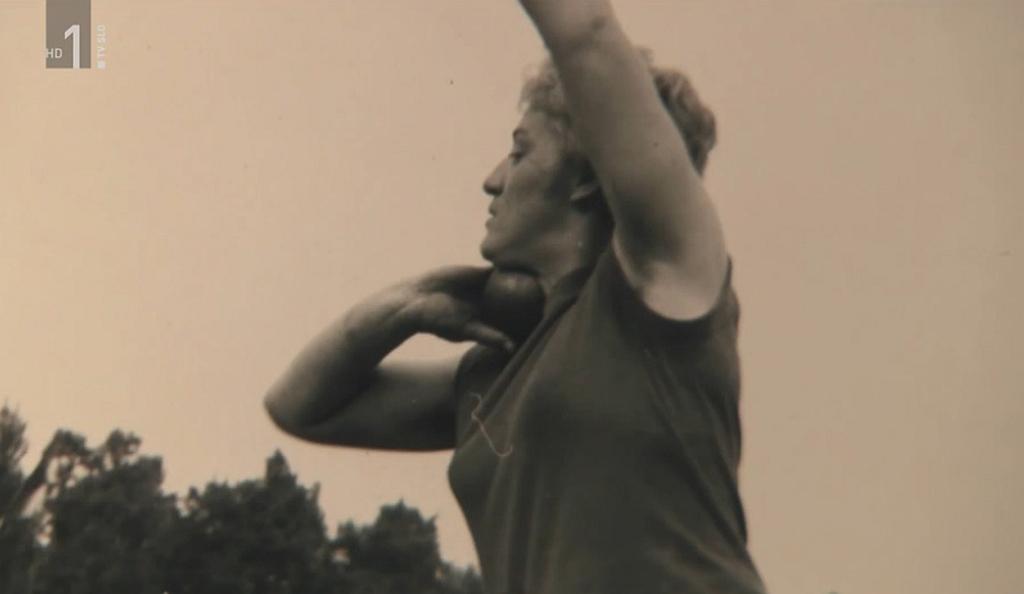

To Slovenian art connoisseurs, Milena Usenik is best known for her colorful and playful paintings. More than half a century ago, however, she received acclaim in an entirely different field: She was one of the country’s most recognized track-and-field athletes.
Usenik was born 1934 on the sparsely populated Bloke plateau in central Slovenia. As a young woman, she developed into an exceptional shot-putter, and in 1956, she was selected to attend the Olympic Games in Melbourne. Back then, just traveling to Australia was a feat; the voyage took several days by ship. At the height of the Cold War, political tensions were also never far away, and one of Usenik’s Slovenian teammates – Nada Kotlušek -- chose to remain in Australia. But Usenik managed to focus on the competition and thrilled her fans by finishing a more-than-respectable ninth in her discipline.
Four years later, Usenik made her second appearance at the Olympics, finishing tenth at the Rome games. That year, she also set a Yugoslav record that remained unbeaten until 1975.
After completing her athletic career, Usenik decided to devote the rest of her life to art. In 1965, she graduated from the Academy of Fine Art and Design in Ljubljana and, shortly thereafter, settled in the Istrian Peninsula with her husband Emerik Bernard, also an artist.
Captivated by the natural landscape, the traditional architecture, and the Mediterranean colors of the region, Usenik introduced bright, vivid colors to her art. She also found inspiration in everything from American pop art to the extravagant clothing designs at fashion shows.
Usenik championed pop art at a time when the genre was still little-known in Slovenia and was not fully accepted by the art establishment. Over the years, her oeuvre grew more abstract and became marked by vivid reds, blues, and other intense hues. Some of her works were based on the colors she saw in Australia as an Olympic athlete. Over time, her work moved firmly into abstract expressionism, and her creations have been exhibited many times across Slovenia.
These days, Usenik one of Slovenia’s oldest Olympic athletes, and remains as vital as ever. She is finally being recognized for her boldness, energy, and a determination to do things her own way.


































































